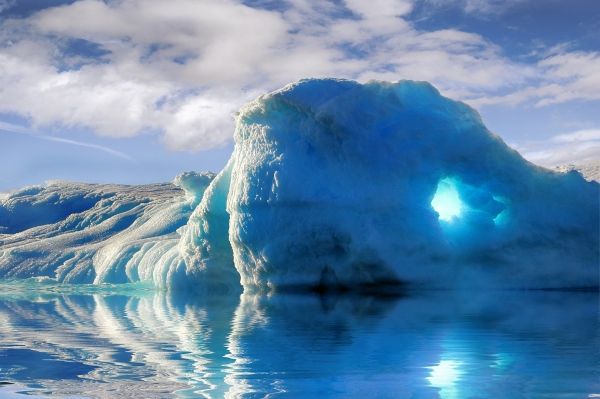Sea ice is a critical indicator of changes in the Earth’s climate. A new discovery by Brown University researchers could provide scientists a new way to reconstruct sea ice abundance and distribution information from the ancient past, which could aid in understanding human-induced climate change happening now.
In a study published in Nature Communications, the researchers show that an organic molecule often found in high-latitude ocean sediments, known as tetra-unsaturated alkenone (C37:4), is produced by one or more previously unknown species of ice-dwelling algae. As sea ice concentration ebbs and flows, so do the algae associated with it, as well as the molecules they leave behind.
“We’ve shown that this molecule is a strong proxy for sea ice concentration,” said Karen Wang, a Ph.D. student at Brown and lead author of the research. “Looking at the concentration of this molecule in sediments of different ages could allow us to reconstruct sea ice concentration through time.”
Read more at: Brown University
Photo Credit: enriquelopezgarre via Pixbay


